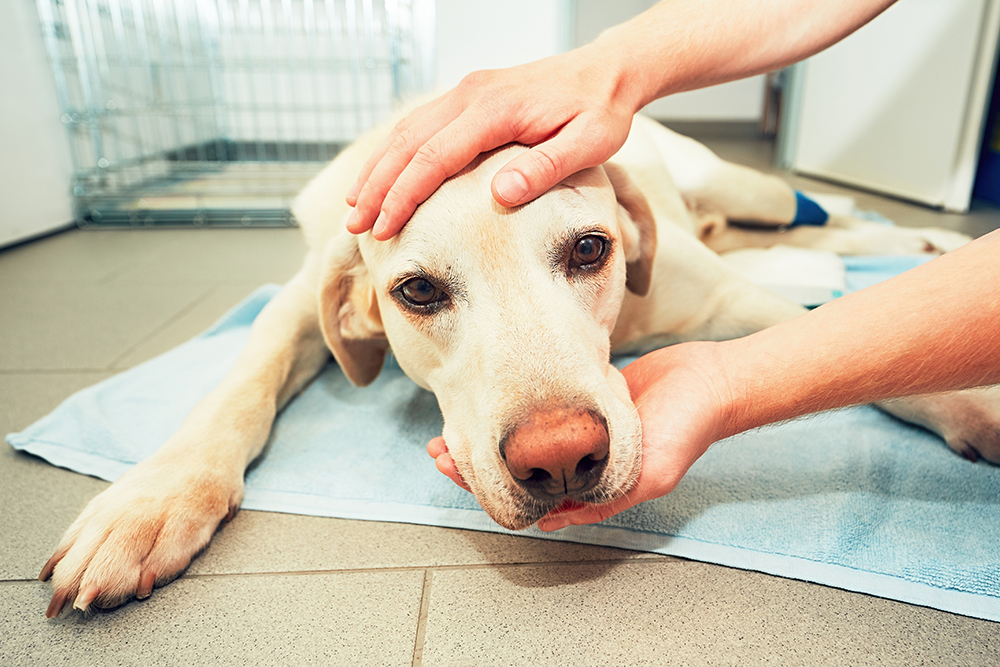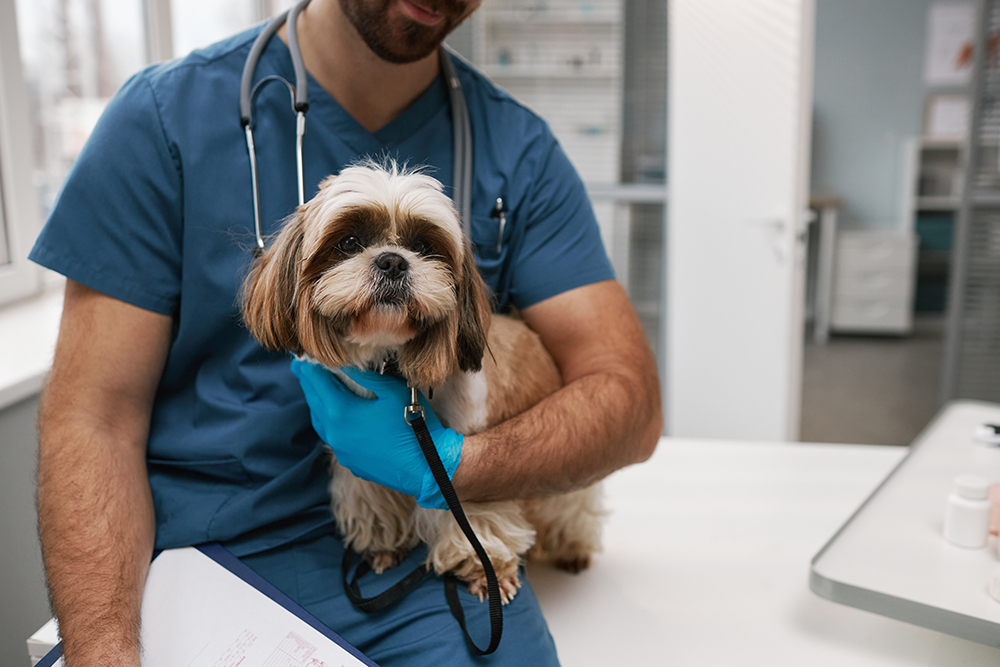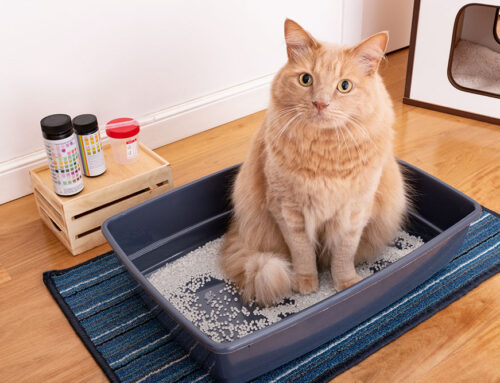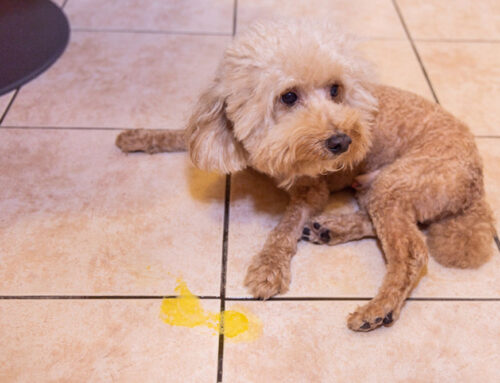Transforming Your Dog’s Vet Experience: A Guide to Cooperative Care Training
Understanding the Stress of Vet Visits for Dogs
Vet visits can be a source of significant anxiety for many dogs. The unfamiliar smells, sounds, and the presence of other animals, coupled with being handled by strangers, can create a stressful experience. Dogs experiencing anxiety may display signs such as panting, drooling, shaking, whining, or even aggression.
Chronic stress related to vet visits doesn’t just affect your dog’s mood—it can lead to long-term behavioral issues and even impact their immune system, making them more susceptible to illnesses. Understanding how to reduce stress and build positive associations with veterinary care can make a world of difference.
Explore effective ways to reduce stress during vet visits.
What is Cooperative Care Training?
Cooperative care training is a structured approach to help dogs feel comfortable with vet visits and handling. Instead of forcing procedures on a nervous dog, this method teaches dogs to willingly participate in their own care.
The benefits of cooperative care include:
- Reduced stress and anxiety during vet visits
- Safer, more efficient veterinary exams
- Easier medication administration and at-home care
- Improved trust and bond between pet and owner
From a veterinary standpoint, cooperative care reduces the risk of injury to both pets and veterinary staff, improves diagnostic accuracy, and enhances the quality of care provided.
Learn how cooperative care benefits your dog.
Key Elements of Cooperative Care Training
1. Desensitization: Familiarizing Your Dog with Vet-Related Experiences
Gradually exposing your dog to common vet visit experiences in a non-threatening way can help reduce anxiety. Start by visiting the vet’s office without an appointment, allowing your dog to explore and receive treats from staff.
2. Counterconditioning: Building Positive Associations
Dogs often associate vet visits with fear. Pairing veterinary tools, handling, or the clinic environment with treats and praise can help them form a positive connection.
3. Handling Exercises: Preparing for Exams at Home
At-home handling exercises help your dog become comfortable with common veterinary procedures such as:
- Checking their ears, teeth, and paws
- Holding their muzzle gently for exams
- Practicing nail trims and injections
Regular handling builds tolerance, so when the vet performs these checks, your dog feels more at ease.
Understand common dog behavior challenges and how to address them.
Step-by-Step Guide to Implementing Cooperative Care
Step 1: Start with Gentle Touching
- Begin by touching your dog’s paws, ears, and mouth while rewarding them with treats.
- Gradually increase handling duration over time.
- If your dog pulls away, stop and restart with a slower approach.
Step 2: Introduce Veterinary Tools Gradually
- Let your dog sniff and investigate tools like stethoscopes and nail clippers.
- Tap these tools lightly on their body (without using them yet), rewarding calm behavior.
- Slowly work toward using the tools for short periods while continuing positive reinforcement.
Step 3: Practice at Home Vet Visits
- Simulate an exam by lifting their lips to check teeth, handling their feet, and touching their abdomen.
- Invite a family member or friend to act as a “vet” to mimic real vet visit handling.
- Always end with a favorite treat or play session to reinforce the experience positively.
Set your dog up for success with preventive behavioral care.
Advanced Cooperative Care Techniques
Once your dog is comfortable with basic handling, you can train them to actively participate in their care.
Chin Rest for Exams
Teach your dog to rest their chin on your hand or a designated object as a signal that they are ready for an exam. This gives them a sense of control and can make procedures like ear exams and injections much easier.
Muzzle Training for Safety and Comfort
Even well-trained dogs may need a muzzle for certain procedures. Training your dog to accept a muzzle positively ensures that if it’s ever needed, it won’t add extra stress.
Learn more about common behavioral issues and solutions.
Overcoming Challenges in Cooperative Care Training
Even with consistent training, some dogs may still struggle with vet visits. If you notice:
- Extreme fear responses
- Aggression when handled
- Resistance to training techniques
Consider professional behavioral counseling. A veterinarian or certified behaviorist can help create a customized training plan.
Explore behavioral counseling services at Cobb & Co. Veterinary Clinic.
Integrating Cooperative Care into Routine Vet Visits
Regular Wellness Checks
Practicing cooperative care before regular wellness visits can make these check-ups easier for your dog. By incorporating handling exercises at home, you help ensure stress-free veterinary exams.
Learn about preventive care at Cobb & Co. Veterinary Clinic.
Managing Anxiety During Sick Pet Visits
Dogs often react more strongly when they are already feeling unwell. Having a foundation of cooperative care training can help reduce stress when an unexpected visit is necessary.
Find out what to expect during a sick pet visit.

Next Steps: How to Get Started
If you’d like to incorporate cooperative care training into your dog’s routine, here are some practical steps:
- Start handling exercises at home – Make it a daily practice.
- Use positive reinforcement – High-value treats help create good associations.
- Visit the vet for “happy visits” – No procedures, just praise and rewards.
- Work with a behavior specialist if needed – Some dogs may need extra guidance.
Creating a Stress-Free Future for Your Dog
By investing time in cooperative care training, you are helping your dog feel safer, more confident, and more in control during veterinary visits. This training strengthens the bond between you and your pet, reduces stress, and makes necessary medical care easier and more efficient for everyone involved.
Schedule a consultation with our expert veterinary team today.






Leave A Comment